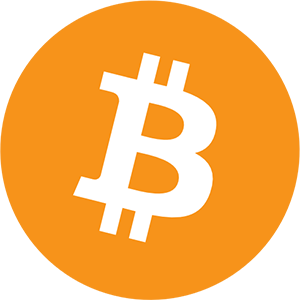A new proposal by Maximilian Staudinger suggests using XRP to unlock $1.5 trillion trapped in US banks’ Nostro accounts. Nostro accounts hold pre-funded money to facilitate cross-border payments. Globally, these accounts contain about $27 trillion, with $5 trillion linked to American banks.
Meanwhile, the XRPUSD H1 chart shows the price is currently near a level where it faced resistance twice. If this level continues to act as resistance, intraday sellers could push the price lower.
Proposal for XRP in Financial Transactions
Staudinger’s proposal outlines XRP’s role in reducing capital constraints in banking. He suggests that replacing traditional Nostro accounts with XRP settlements would free up liquidity. This would allow the government to redirect funds toward a national cryptocurrency reserve, Coinfomania reported.
This is the guy that wrote the comprehensive proposal: xrp as a strategic asset for the US!Maximilian Staudinger pic.twitter.com/TdyVX66dSe
— Danny Vandermeer (@DannyVandermeer) March 13, 2025
He proposes that Bitcoin be the primary reserve asset, with Solana and Cardano playing secondary roles. However, he maintains that XRP should be the primary tool for processing transactions due to its speed and cost-effectiveness.
He also suggests that XRP could be integrated into US government financial systems. This includes processing payments such as Social Security and tax refunds. According to Staudinger, using XRP could accelerate these transactions and lower associated costs.
Regulatory Challenges and Implementation Plans
Staudinger’s proposal faces regulatory challenges, as the US Securities and Exchange Commission has not provided a clear classification for XRP. Without this clarity, its use in government and banking remains uncertain. Staudinger has called for the SEC to designate XRP as a payment asset to support broader adoption.
The proposal suggests two possible implementation strategies: a standard 24-month rollout requiring regulatory approvals and bank integration or a faster approach within 6 to 12 months, relying on executive orders and Federal Reserve involvement. While legal and regulatory barriers remain, the proposal has prompted discussions on digital assets in government financial systems.
Ripple Expands with New Partnerships, Custody Solutions, and Strategic Moves
Michael Saylor, Executive Chairman of Strategy, recently discussed cryptocurrencies’ role in US strategic reserves. This follows an executive order by President Trump, listing Bitcoin and altcoins like Ethereum, XRP, Solana, and Cardano. In a Fox Business interview, Saylor addressed digital asset regulation and suggested XRP should be issued under a regulatory framework.
BREAKING: 🇺🇸 MICHAEL SAYLOR DISCUSSES U.S. CRYPTO RESERVE – INCLUDING $BTC, $ETH, $XRP, $SOL & $ADA! “XRP is attached to a company @Ripple.” Stated The Fox Reporter “ I think those are tokens and we should have a regulatory framework that allows those to be issued” – @saylor… pic.twitter.com/jc0DeuCjKO
— Good Morning Crypto (@AbsGMCrypto) March 5, 2025
Ripple attracted attention when CEO Garlinghouse and CLO Alderoty met President-elect Trump on January 6, fuelling speculation about the SEC’s lawsuit, filed in December 2020, claiming Ripple sold XRP as unregistered securities.
Ripple also partnered with Revolut and Zero Hash to expand RLUSD access, positioning it against USDT and USDC. In Portugal, Ripple works with Unicâmbio to enable instant payments between Portugal and Brazil using digital assets.
South Korea’s BDACS will use Ripple Custody to secure XRP and RLUSD, a stablecoin pegged to the dollar. The partnership aims to provide secure storage for institutional clients.
Ripple donated $100,000 in XRP to aid California wildfire victims, supporting organizations like World Central Kitchen and GiveDirectly via The Giving Block.
🔥 $XRP News: Ripple Whales Buy 520M $XRP Amid Recent Dip, What’s Next❓👀https://t.co/5H2QvrqWe2
— Crypto News (CoinGape) (@CoinGapeMedia) February 7, 2025
In Japan, Ripple expects banks to adopt XRP Ledger by 2025 for better cross-border payments. In DeFi, Ripple is working with Chainlink to integrate RLUSD into Ethereum-based trading and lending applications.
Investor interest in XRP remains strong, with whales acquiring 520 million tokens during a recent dip. The SEC’s reassignment of Jorge Tenreiro has raised questions about its future stance on crypto litigation.
This article was written by Tareq Sikder at www.financemagnates.com.TrendingRead More
You might also be interested in reading Is China Poised to Nationalize Alibaba?.


